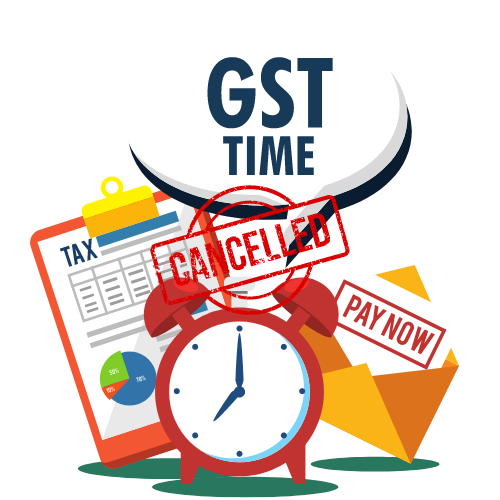How to Draft an LLP Agreement: Tips and Best Practices
Learn valuable tips and best practices for drafting an LLP agreement. This comprehensive guide will help you understand the key components and considerations for creating a successful Limited Liability Partnership agreement.
How to Draft an LLP Agreement: Tips and Best Practices
When forming a Limited Liability Partnership (LLP), one of the most important tasks is drafting an LLP agreement. This legal document outlines the rights, responsibilities, and obligations of the partners involved in the business. A well-drafted LLP agreement is essential for establishing clear guidelines for decision-making, profit sharing, and resolving disputes within the partnership. In this comprehensive guide, we will discuss valuable tips and best practices for drafting an LLP agreement to ensure a successful and legally sound partnership.
Key Components of an LLP Agreement
Before we delve into drafting tips and best practices, let's first understand the key components that should be included in an LLP agreement:
1. Partner Information: The LLP agreement should clearly state the names and contact information of all partners involved in the partnership.
2. Business Ownership: Define each partner's percentage of ownership in the LLP and outline how ownership interests may be transferred or assigned.
3. Profit Sharing: Specify how profits and losses will be allocated among partners, including the distribution of profits and any capital contributions required.
4. Decision-Making: Outline the decision-making process within the partnership, including voting rights, management responsibilities, and procedures for resolving disputes.
5. Partner Responsibilities: Define each partner's roles, responsibilities, and obligations within the LLP, including contributions of time, expertise, and capital.
6. Liability Protection: Clarify the extent of liability protection offered to partners, including limitations on personal liability for the debts and obligations of the LLP.
7. Governing Law: Specify the governing law that will apply to the LLP agreement and any disputes that may arise between partners.
8. Dispute Resolution: Include provisions for resolving disputes among partners, such as mediation, arbitration, or litigation.
Considerations for Drafting an LLP Agreement
When drafting an LLP agreement, it is important to consider the following factors to ensure the document effectively governs the partnership:
1. Tailor the Agreement to Your Partnership: Every LLP is unique, so tailor the agreement to reflect the specific needs, goals, and dynamics of your partnership.
2. Be Clear and Specific: Use clear and unambiguous language to outline the rights, responsibilities, and obligations of each partner to avoid misunderstandings or disputes in the future.
3. Anticipate Potential Issues: Consider potential scenarios that may arise during the partnership and include provisions to address them, such as partner exits, financial difficulties, or disagreements.
4. Seek Legal Advice: Consult with a legal professional experienced in partnership law to ensure the LLP agreement complies with relevant regulations and offers adequate protection for all partners.
5. Regularly Review and Update: As your partnership evolves and grows, periodically review and update the LLP agreement to reflect any changes in ownership, responsibilities, or other key aspects of the partnership.
Drafting Tips and Best Practices
Now that we have covered the key components and considerations for drafting an LLP agreement, let's explore some valuable tips and best practices to help you create a successful and legally sound document:
1. Start with a Template: Begin drafting the LLP agreement with a template or sample document to ensure you cover all essential elements required for a comprehensive partnership agreement.
2. Collaborate with Partners: Involve all partners in the drafting process to ensure their input is considered and that the agreement reflects the shared goals and expectations of the partnership.
3. Clearly Define Partner Roles: Outline each partner's roles, responsibilities, and areas of expertise within the LLP to avoid potential conflicts or misunderstandings over decision-making and management.
4. Detail Profit Sharing Arrangements: Clearly define how profits and losses will be shared among partners, including the distribution of revenues, expenses, and any capital contributions required for the partnership.
5. Include Exit Strategies: Plan for various exit scenarios, such as partner retirements, resignations, or deaths, and include provisions for the transfer of ownership interests and the valuation of the LLP.
6. Address Decision-Making Procedures: Specify the decision-making process within the partnership, including voting rights, management authority, and procedures for resolving disagreements among partners.
7. Ensure Compliance with Legal Requirements: Review the LLP agreement to ensure it complies with relevant partnership laws, regulations, and industry standards to protect the rights and interests of all partners.
In Conclusion
Creating a well-drafted LLP agreement is crucial for establishing a successful and legally sound partnership. By including key components, considering important factors, and following valuable drafting tips and best practices, you can ensure that your LLP agreement effectively governs the rights, responsibilities, and obligations of all partners involved. Consulting with a legal professional specializing in partnership law can also provide valuable guidance and ensure that your LLP agreement offers adequate protection and clarity for your business partnership.




























-registration.png)



